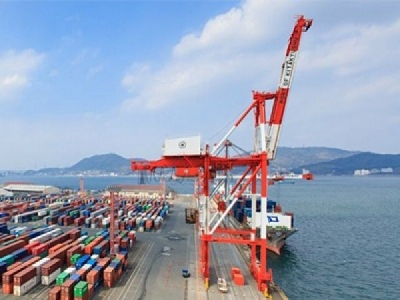
Posted on April 5, 2018
Protecting Asia-Pacific ports against climate change could cost up to US$49 billion, according to new research commissioned by HSBC from sustainability analysts Asia Research and Engagement (ARE).
The report Climate Costs for Asia Pacific Ports evaluates the climate risk of 53 of the Asia Pacific region’s largest ports and estimates costs for adaptation. It also outlines recommendations to investors, port authorities and governments for how to manage risk in the future.
“Safeguarding ports is critical since nearly 60% of global GDP is reliant on trade,” said Benjamin McCarron report author and managing director, ARE.
“Ports are at the front-line in terms of impacts from climate change. The costs of adapting this essential infrastructure are already onerous, but the key lesson for stakeholders, from port owners to investors, is that planning climate resilience from the outset is key to avoiding greater expense in years to come.”
Resilience planning
Mr McCarron’s analysis lays out scenarios based on differing sets of climate and engineering assumptions, extrapolating low and high cost cases for adaption.
Covering ports across Japan, China and Hong Kong, Taiwan, Singapore, Australia, India, South Korea and Malaysia, the sets of assumptions produce a low case cost of around US$30.9 billion and a high case cost of around US$49.4 billion.
Japan’s Kitakyushu faces the highest costs at US$4.9 billion, while five of the region’s ten largest ports by capacity face adaptation bills of over $1 billion.
The report focuses on financial backers for new infrastructure, such as One Belt, One Road related projects, calling on them to ensure projects have built climate projections into asset development and long-term capital plans to avoid facing unnecessarily high costs in the future.
Source: PortStrategy





